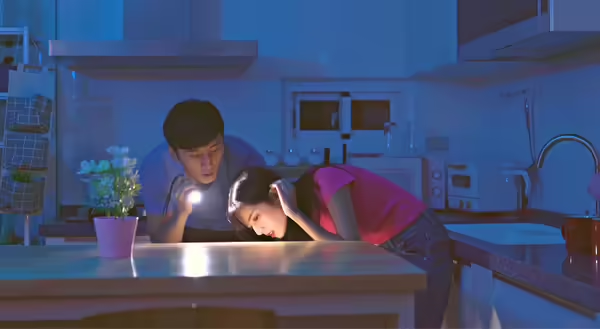
Springtime carries chances of severe weather, including thunderstorms, high winds and tornadoes that can lead to power outages and boil orders. Knowing what to do before disaster strikes can help you take charge in protecting you and your family.
When the power goes out for a short time it’s generally a nuisance and inconvenience, but long-term power outages that last for hours or even days can lead to a higher risk of foodborne illness due to perishable foods being left out at unsafe temperatures. Refrigerated foods are safe for up to four hours, but be sure to keep the door closed as much as possible. After four hours, throw away all perishable food, including meat, milk, eggs and leftovers. For a list of what to keep and what to throw out, visit the power outage food safety chart at foodsafety.gov.
Food in the freezer will be kept safe for longer. A freezer that is half-full will keep food safe for up to 24 hours, and a full freezer will keep food safe for up to 48 hours. Again, try not to open the freezer door. Once the power comes back on, foods that have ice crystals or are at 40°F or colder as measured with a food thermometer can be refrozen. However, try to use these foods first as the quality of the slight thaw and refreeze may affect the quality. If you’re going out of town for a few days, it can be a good idea to store an ice cube in a container in the freezer; if the ice cube has melted upon your return home, you’ll know the power was out for an extended period of time and the safest option is to throw out all perishable food.
A boil order is issued when the local area’s drinking water may not be safe to consume. You must either boil water or use bottled water to use for drinking or tasks, such as washing dishes, cleaning surfaces, brushing teeth, bathing and providing water to pets. Once water comes to a full rolling boil, set a timer and boil for at least one minute or per recommendations from the local health officials. Allow boiled water to cool and store it in clean, sanitized containers with tight covers. Keep out of direct sunlight and store in temperatures between 50-70°F for about six months.
Print out disaster information and keep with your emergency supplies kit for reference.
Sources: U.S. Department of Health & Human Services. Food Safety During Power Outage. FoodSafety.gov
ABOUT THE AUTHOR: Jenna Smith is a Nutrition and Wellness Educator with University of Illinois Extension, serving Livingston, McLean, and Woodford Counties. Smith uses her experience as a registered dietitian nutritionist to deliver impactful information and cutting-edge programs to Livingston, McLean, and Woodford Counties and beyond.